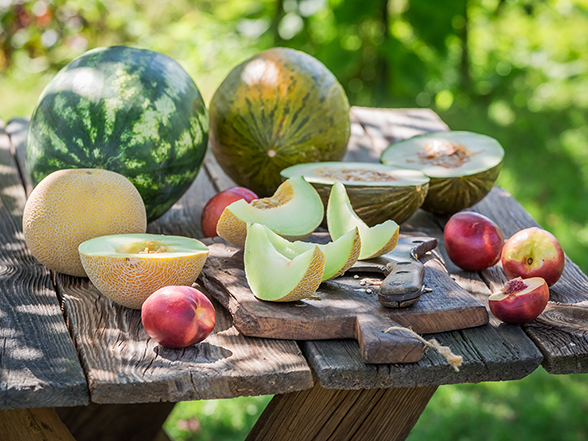How to Read a Nutrition Label

Nutrition labels are found on the packaging of food and drinks. They give important information about what’s inside, helping you make healthy choices. Check out the guide below to learn more about these labels!

Serving Size
The serving size is the amount people usually eat or drink at one time. Keep in mind that the values on the label are based on the serving size. If you eat more than one serving, multiply the values by the number of servings you eat.
Calories
Calories are the amount of energy you get from one serving. You can compare the calories on the label to your individual needs.
Percent Daily Value (%DV)
The percent daily value tells you how much a nutrient in one serving contributes to your daily diet. For example, if the label says 25% for calcium, that means one serving gives you 25% of the calcium you need in a day.
- 5% or less of a nutrient is low: Look for foods that are low in saturated fat, cholesterol, sodium, and added sugars. Eating less of these nutrients may help reduce your risk of developing conditions like cardiovascular disease or high blood pressure.
- 20% or more of a nutrient is high: Look for foods that are high in dietary fiber, vitamin D, calcium, iron, and potassium. Eating more of these nutrients may help maintain good health and reduce your risk of developing conditions like osteoporosis or anemia.
Keep in mind that your needs may be different depending on your age, height, weight, medical history, and activity level. Use the nutrition label to help you choose foods that contain more of the nutrients you want and less of the nutrients you want to limit.
Tips for Reading Labels
- Be Mindful of Serving Sizes: Sometimes the package may contain more than one serving. The serving size listed may also be larger or smaller than what you usually eat.
- Compare Products: Use labels to compare different brands or types of the same food.
- Practice Makes Perfect: Next time you’re shopping, take a look at the nutrition labels on your favorite snacks or meals. Making informed choices helps you stay healthy and feel great!

Kiana is a Registered Dietitian at GA Foods with experience in menu development, food safety, and quality assurance in the healthcare industry. Kiana earned a Bachelor of Science in Dietetics and Nutrition from Florida International University. She enjoys spending time with her family, hiking with her dog, and going on road trips.


